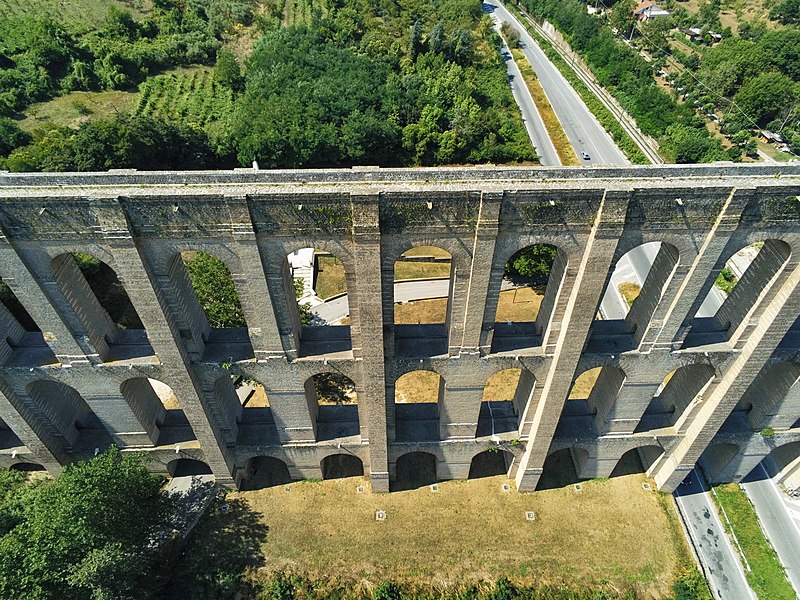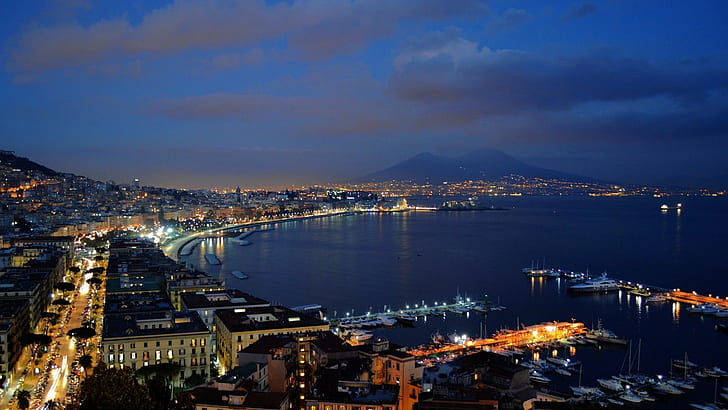In the 17th century, King Louis XIV unleashed a serious case of “Versailles envy” when fellow monarchs heard about the unprecedented luxury of the newly-built French Palace.
Italy’s Royal Palace at Caserta was inspired by the model of Versailles. Historically, rulers built magnificent palaces not only for their personal indulgence but because it was a tangible measure of their wealth and power. In addition, as is the case with Versailles and Caserta, they served as the administrative centers of their kingdoms and therefore housed several thousand courtiers who performed some vital role at court. Versailles symbolized the absolute power of Louis XIV.
Located just about 20 miles north of Naples, the Royal Palace of Caserta, a UNESCO World Heritage Site since 1997, was built in the 18th century as a residence for the Bourbon kings of Naples. It is one of the largest and most opulent in Europe, with over 1,200 rooms, a vast park, a series of fountains and waterfalls, four courtyards, three atriums, and a grand staircase of honor. You can admire the majesty of the royal apartments, the chapel, the library, and the theatre, as well as explore the gardens and the English-style woodland.

Impressively, it also includes the Aqueduct of Vanvitelli, a remarkable engineering work that supplied water to the palace and the nearby industrial complex of San Leucio, where silk was produced in a model community of workers.
While Caserta was inspired by Versailles, the architect Luigi Vanvitelli also incorporated elements from other European palaces, such as the Escorial in Spain and the Roman and Tuscan villas.
The palace was constructed by Charles VII of Naples (later Charles III of Spain) and his son Ferdinand IV of the Spanish branch of the Bourbons. They hired Vanvitelli specifically to create a grandiose complex that would rival Louis XIV’s pride and joy, Versailles.

The palace has a symmetrical façade with an unbroken line of windows and balustrade along the roof. It’s huge, covering an area of 47,000 square meters, making it the largest former royal residence in the world.
To be clear: though this comes as a surprise to most people interested in history or architecture, Caserta is much, much bigger than Versailles.
The Reggia di Caserta, as it is known in Italian, is a magnificent representation of Baroque architecture. Vanvitelli’s creation revolutionized world architecture so much that it is the most copied palace in the world. It was also a symbol of contemporary architecture in its time.

The extensive gardens feature fountains, statues, parterres, and groves. As is true for Versailles, Caserta has its own aqueduct that supplies water for the hydraulic systems. The 3-kilometer-long park—yes, 3 kilometers long– leads to a grand cascade at the foot of a hill, and in addition to its English-style garden with exotic plants, it also has a silk factory that produced a rich range of satins, brocades and velvets both for clothing or as wallpaper.
Historically, it has been the site of momentous European events such as the signing of the Treaty of Caserta in 1815, which ended the Napoleonic Wars in Italy.
In recent times, the palace and its gardens have served as a filming location for movies such as Mission Impossible, Star Wars, Angels & Demons and Ciao Professore among many others.

The “Reggia” is reason enough to visit Caserta, but it’s not the only one. Another impressive attraction in the small city is the above-mentioned Aqueduct of Vanvitelli, also known as the Carolino Aqueduct which spans over 38 kilometers and crosses the valley of Maddaloni with a series of majestic arches. You can visit the aqueduct and learn about its engineering and history, as well as enjoy the scenic views of the countryside.
The Palace is immense, so it takes at least half a day to see it all. For a coffee break you can stop at the food courts located at the beginning and the end of the Royal Palace: you will find one inside the building, just before entering the park, and one another near the English Garden.

If you plan to spend more time in the region of Campania, you might make Caserta your home base for exploring other nearby destinations, such as the city of Naples, the fantastic archeological site of Pompeii, and the sunny resorts of the Amalfi Coast.
As an added bonus, Caserta is also where you will find the Pizzeria I Masanielli di Francesco Martucci, which was crowned the best pizzeria in the world by Top 50 Pizza in 2022. It’s not easy to get a reservation, so plan well in advance of your visit, but it is well worth the extra effort.
To be crowned the king of pizza in the place of its birth–Naples–is truly an accomplishment.












